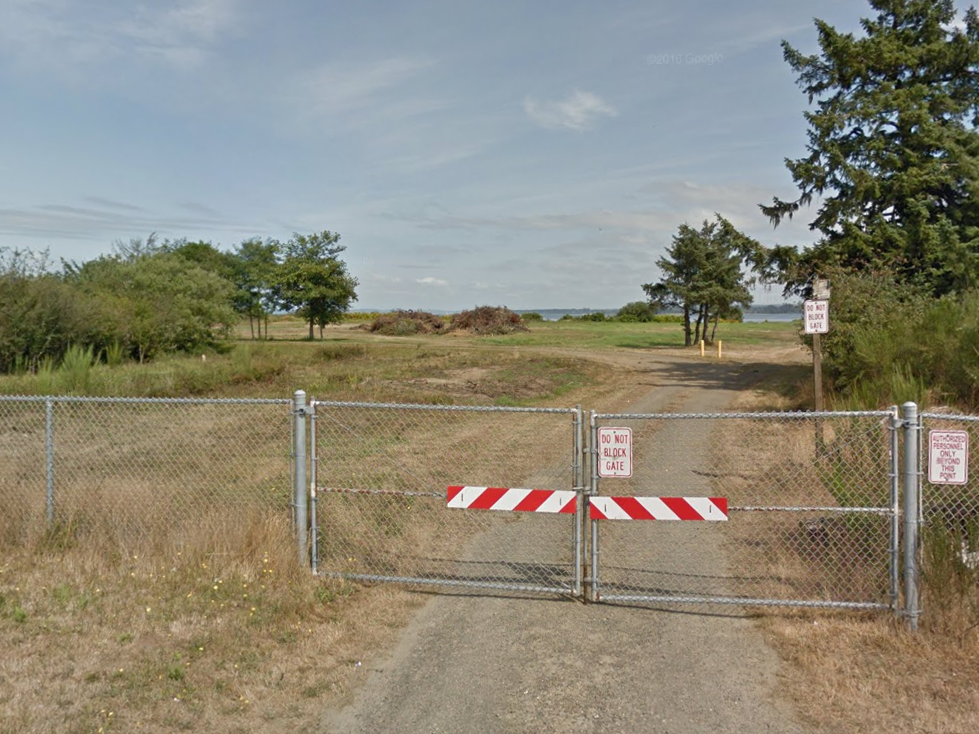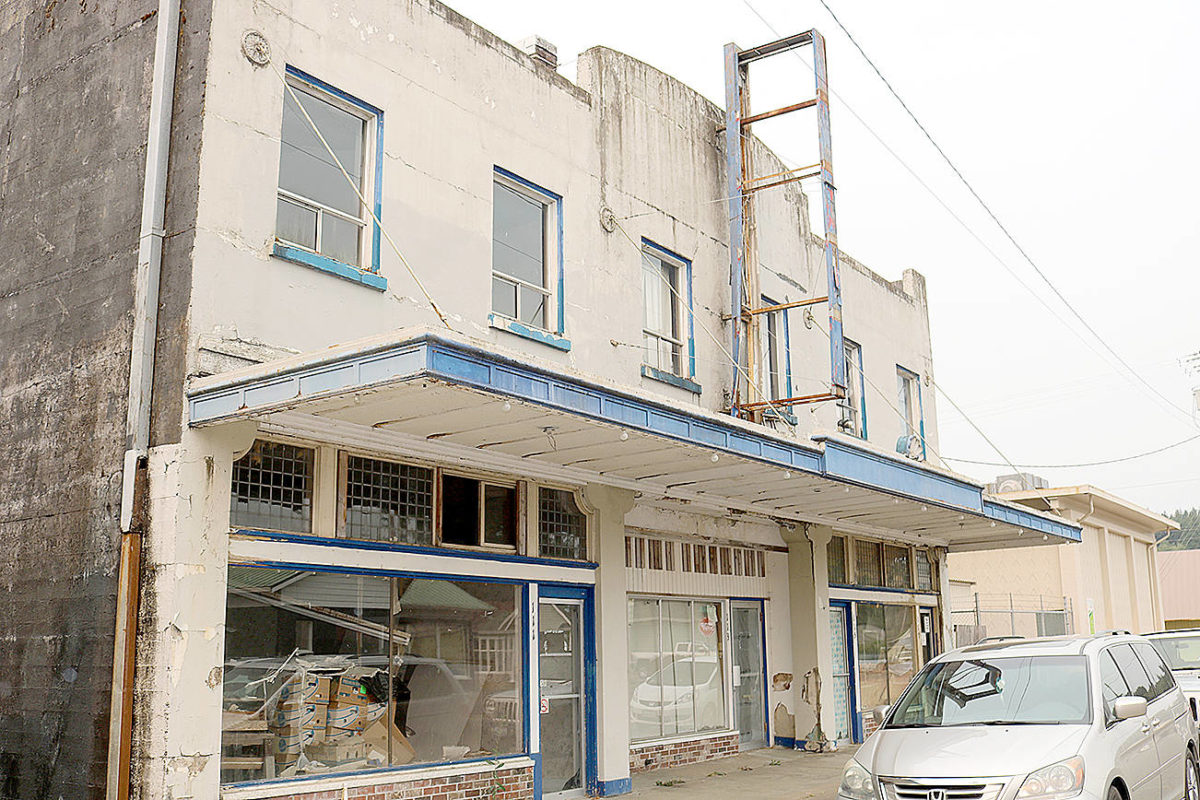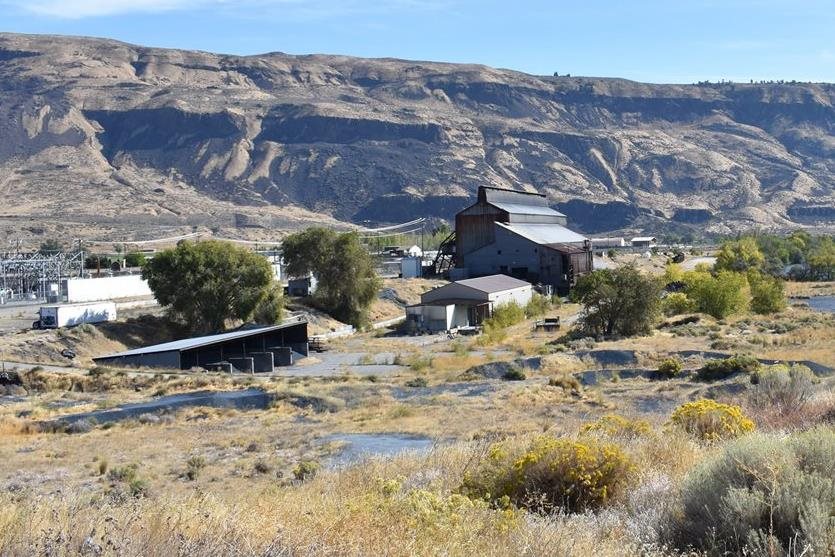
The U.S. Environmental Protection Agency (EPA) has awarded $2.1 million in grants to four Washington communities to help assess local brownfields — distressed properties that haven’t been redeveloped due to potential contamination with hazardous substances. This funding will help identify and evaluate contamination preventing valuable community properties and resources from being reused.
“I’ve seen EPA Brownfields funding work absolute magic for states, tribes, and communities across the Northwest,” explains Chris Hladick, EPA’s Northwest Region Director. “It brings groups together, helps solve longstanding redevelopment puzzles, and leverages funding to expand the local impact like few other programs."
The economic benefit to local communities is great. According to EPA data, each dollar invested from brownfield grants creates $17.45 in economic benefit in the community. And for every $100,000 invested from these grants, around nine jobs are created. Many of these grants are focused on community “Opportunity Zones” that allow private funding and additional tax benefits for low-income and distressed communities. A 2010 Department of Ecology study found that cleanups that received significant state funding can more than double state and local tax revenues. For example, state-funded environmental cleanups increased property values on Tacoma’s Thea Foss Waterway from $11 per square foot in 1996 to $39 per square feet in 2006.
In addition to these economic benefits, brownfield cleanup frees up much-needed real estate, creating an opportunity to bring affordable housing to communities.
The four EPA grant recipients are:
- Grays Harbor Council of Governments
- Port Gamble S’Klallam Tribe
- Port of Chelan County Coalition (Chelan Douglas Regional Port Authority, City of Wenatchee, and City of Rock Island.)
- Vancouver Coalition (City of Vancouver, Clark County Public Health, and the Vancouver Housing Authority)
We will be working in close partnership with the EPA to assist grant recipients and oversee the assessment and cleanup process — including making the final determination that a property is clean enough to meet state standards and be redeveloped.
Recipients will use the funding to assess and set the stage for the cleanup of dozens of brownfield properties, including:
Point Julia historic tribal village. Image courtesy the Port Gamble S'Klallam Tribe.
- Point Julia historic tribal village
- A prime one-acre waterfront site in Westport, West Main Street and a theater in Elma, and a public boat launch in Grays Harbor County
- Several small business and light industrial sites along the Fourth Plain Boulevard Corridor in Vancouver
- A former cold storage warehouse, the Public Utility District Operations Center, an agricultural chemical facility, and a former silicon smelter in Chelan County
After meeting state cleanup requirements under the state Model Toxics Control Act, property owners can seek a “no further action” determination from us. This designation removes many barriers to redevelopment and helps property owners get financing and approvals to develop the sites.
Cleanup of brownfields can bring opportunity for affordable housing
Local officials responded with praise to the EPA’s grant awards. For many smaller communities this funding is not just a chance to start economic redevelopment work in challenging economic times, it’s a chance to bring affordable housing to residents.
Congresswoman Kim Schrier of Washington’s eighth district, speaking on the Port of Chelan Coalition grant award states that, “This is tremendous news for Chelan County. This funding will support the development of industrial, commercial and technology hubs in North Central Washington, along with adding some much-needed housing. In addition, it will also create a cleaner, more sustainable environment for 8th district residents.”
As part of the planned brownfield redevelopment, the City of Wenatchee, Port of Chelan County, and the Public Utilities District (PUD) are supporting a mix of residential, commercial, and art/entertainment uses.
The City of Vancouver and Vancouver Housing Authority have also included affordable housing at brownfield properties along the Fourth Plain Corridor. The city will be moving their public-works operations center and plans to redevelop the site to include affordable housing. Another property, a former mechanic shop, has sat unused because of uncertainty about environmental issues. This 0.88 acre vacant property is in in a prime location for affordable housing and is located next door to the Goodwill Industries Job Connection Center.
As part of the redevelopment plans for the Port Gamble S’Klallam Tribe, 370 additional housing units are planned for the Warrior Ridge property. This housing will allow additional tribal members to move to the reservation, address current household overcrowding, provide affordable rental options, and create an assisted living resource for elders.
City of Elma Mayor Jim Sorenson, and Chair of the Grays Harbor Council of Governments also praised the work of local officials who have “been very successful in empowering community redevelopment and revitalization.” The Grays Harbor proposal includes plans to identify sites for multi-family housing along West Main Street in Elma and provides affordable townhomes and apartments at three brownfield sites in Cosmopolis.
Planning for cleanups
The EPA awarded four community-wide assessment grants to Washington recipients. These assessment and cleanup planning funds give recipients the flexibility to address multiple brownfield sites throughout their community. There are at least 37 Phase I assessments and 27 Phase II assessments identified between these grant awards.
- A “Phase I Environmental Site Assessment” is the first step in evaluating a brownfield site. Phase I assessments are a historical review to determine if contamination is likely and sets the stage for further testing, planning, and cleanup.
- “Phase II assessments” are scientific evaluations. Soil, groundwater, surface water, and indoor air are sampled and tested to determine the contaminants affecting the property and the extent of contamination. This information helps communities plan the next stages of cleanup.
What the grants pay for
The Grays Harbor Council of Governments will use their $600,000 in assessment funds on several projects in multiple cities across the county, and will also jumpstart several planned housing projects. Coalition cities include Aberdeen and Hoquiam, as well as the cities of Cosmopolis, Westport, and Elma. These cities represent the historically industrial and commercial centers of Grays Harbor County. Priority sites include:
The Elma Theater in Elma, Washington. Image courtesy of The Vidette.
- Westhaven Drive and a vacant one-acre waterfront site in Westport
- West Main Street and a theater in Elma
- A public boat launch, three catalyst sites slated for multi-family housing, and a catalyst site slated for mixed-use commercial/residential purposes in Cosmopolis
- The West Levee properties in Hoquiam
- The NSL properties in Aberdeen.
The Port Gamble S'Klallam Tribe will use their $300,000 grant to focus on priority sites including the Point Julia historic tribal village, the Bars beach area, a shooting range, and multiple dump sites within the Port Gamble S'Klallam Indian Reservation. The restoration of the environment is of key importance to the tribe.
Aerial view of The Bars beach area on Port Gamble Bay. Image courtesy of Google. Map data: Google
Paul McCollum, the tribe’s Natural Resources Director, praised the environmental benefits saying, “With brownfield assessment funding from the EPA, the Port Gamble S'Klallam Tribe will be able to better protect its resources for future generations, particularly vulnerable shellfish and finfish resources that have been impacted by contamination for many decades. We look forward to ensuring that tribal members can safely engage in traditional activities without fear of encountering soil contaminants or dangerous debris.”
Community-wide grant funds will also be used to enhance and maintain a brownfields inventory, develop four cleanup plans, and support community outreach activities.
The Port of Chelan County Coalition will use their $600,000 to focus on the neighborhoods of downtown Wenatchee and South Wenatchee, the City of Rock Island, and the unincorporated community of Malaga. Target sites include:
The former Rock Island silicon smelter on the Columbia River. Image courtesy of Maul Foster Alongi.
- A 300,000 square-foot former cold storage warehouse
- The Public Utility District Operations Center
- An agricultural chemical facility
- The Mission Street Corridor
- A former silicon smelter
- A former orchard
Coalition partners include the Port of Douglas County, the City of Wenatchee, and the City of Rock Island. The President of the Chelan Douglas Regional Port Authority Board of Directors, Roy Turner, praised the redevelopment opportunity, “This Brownfields funding will allow our region to repurpose property back into productive uses. As we look at jump-starting our economy from the COVID-19 health crisis, this funding will serve as an important economic stimulus for North Central Washington.”
Grant funds also will be used to inventory brownfield sites, prepare cleanup plans for four sites, and support community outreach activities.
The City of Vancouver Coalition, which includes Clark County Public Health and the Vancouver Housing Authority, will prioritize their $600,000 assessment grants for projects on the Fourth Plain Boulevard Corridor. Sites along this corridor include a former radiator shop, a public-works operations center, a former mechanic shop, and a former dry cleaner/office park. Grant funds will also be used to update and expand a brownfield site inventory, prepare two cleanup plans, develop up to two area-wide plans, and conduct community outreach activities.
Assessing what’s next
Environmental assessment is only the first step in what can be a long and potentially costly cleanup process, depending on the needs and contamination at a site. But this first step is often the most important one. Once local officials and tribes learn what is potentially contaminating a property, they can apply for further technical and financial assistance through our formal or Voluntary Cleanup Programs and through EPA’s brownfields programs. For projects that have affordable housing as an end use, the Washington Legislature has spent millions of dollars in grant funding for several projects to help plan and realize this important benefit to residents.





